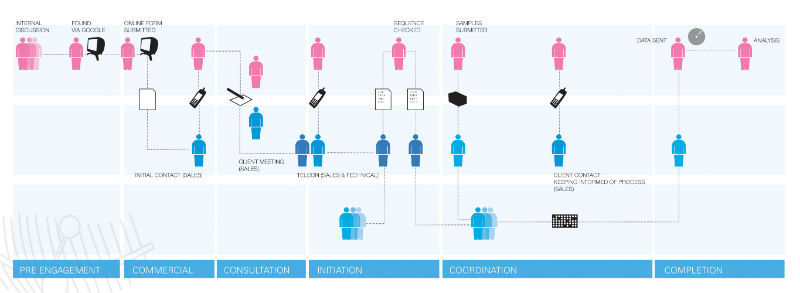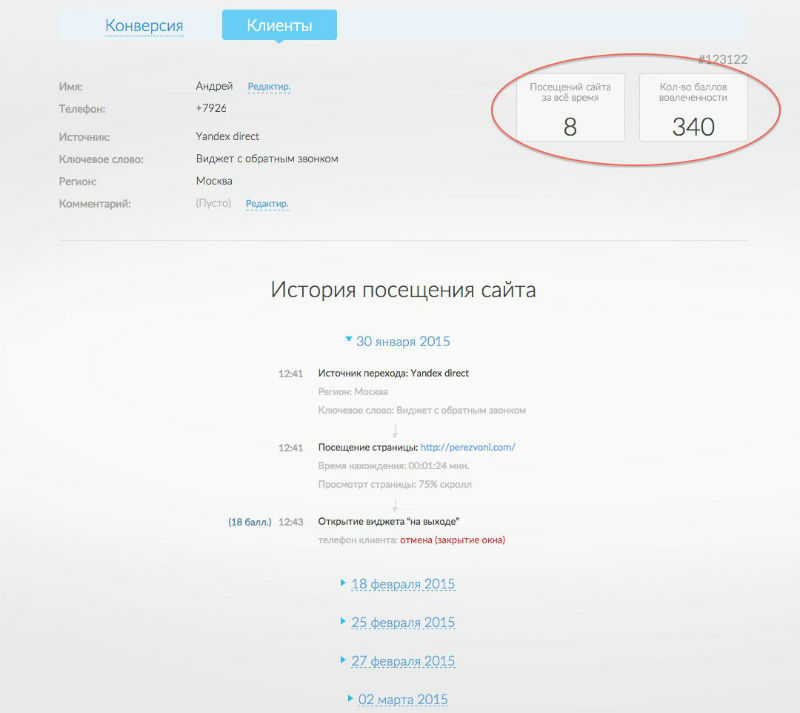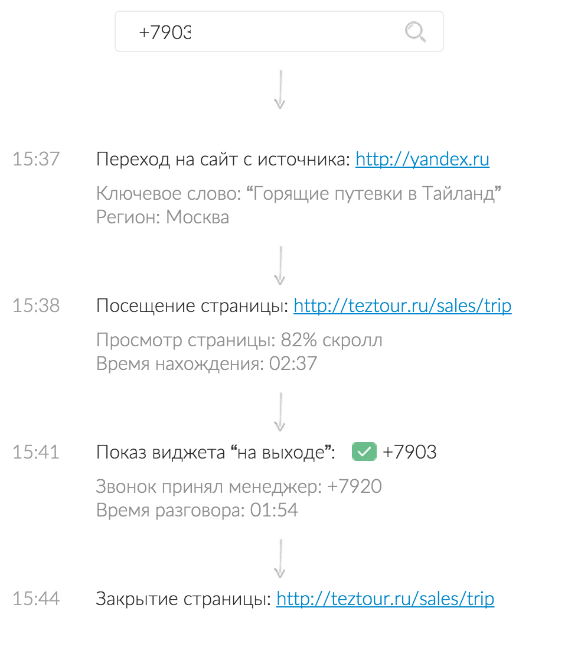Destruction of the myths: Why "sales funnels" really do not exist

People rarely make purchases on the Internet the first time, just being on a particular site. Even if the user came to the site by clicking on the ad contextual advertising - that is, the "answer" to your search query, it is not at all the fact that he immediately becomes a client.
The Internet has given people easy access to information, and it’s foolish not to use the opportunity to compare the prices of competing products in a couple of clicks or to learn more about a company offering a certain service. All this leads to the fact that the sales funnel familiar to many marketers simply ceases to exist, and the user's way to making a purchase is divided into various stages and takes a lot of time.
')
Long way to sale
Quite often before making a purchase, people go to the site several times using different channels (search engines, message boards, review sites, social networks, advertising and retargeting) and devices (home computer, desktop at work, tablets and smartphones).

Very often, this entire client’s journey remains hidden from the eyes of business representatives - if you don’t track all of the steps listed above, this will lead to a misunderstanding of exactly how people make purchasing decisions and, more importantly, when exactly they do.
This means that no work will be done to improve interaction with potential customers at every stage of their contacts with the brand. Obviously, this will have a negative impact on the conversion, sales and, as a result, the financial performance of the business.
Life example: not so long ago a new client took advantage of our Perezvoni.com widget. When analyzing the conversion data of users, we found out that one of them, after the first contact with the ad contextual advertising in the selection process, visited the site 8 times (from different sources), spending almost a month to do so. Such a long “buy setup” is quite typical for online shoppers.

The death of a traditional funnel
In the past few years, quite a lot of tools have appeared that allow us not only to analyze numbers (clicks, transitions, conversions to target actions, etc.), but also to study the entire conversion path of a client.
It is extremely important to understand where the points of contact of potential customers with the business (and corporate site) are located and to purposefully develop these areas and “bring” the user to the purchase step by step.
To do this, you need to do everything to collect as much data as possible about the potential client at the time of his first visit to the site - save the cookie in order to “recognize” the person during the second visit, take an email address to send him his mailings .
The main idea of this approach is as follows: the path of the client from the first contact with the brand to the purchase does not look like a funnel, and it is necessary to act accordingly (a good video presentation on this topic can be found at the link ).
In the end, the modern sales funnel looks more like a very winding road:

Conclusion: it is necessary to work with the client all the way to purchase
At the moment there are a large number of analytical tools that help to interact with the client at every stage of his journey to the purchase.
Services like Hubspot, Kissmetrics, Mixpanel (here we have compiled a list of 37 tools for increasing conversion and sales) can be used to collect information about users' actions, from which cards of potential buyers and their interests are then compiled.
| Counters (Rambler, Mail.ru) | Analytical systems (Yandex.Metrica, Google Analytics) | Tools for building a user card (Kissmetrics, HubSpot, Perezvoni) |
|---|---|---|
| Counting visitors "by the heads" | Analysis of behavior on the site, monitoring the achievement of goals | Creating a dossier for each visitor and analyzing how a particular person is interested in the company's website |
These tools analyze all customer contacts with the company and measure them (how many times he visited the site and how many pages looked through, how many read mailing letters, came to the site on a “ sell request ”, etc.). For such targeted actions, users are awarded points (" points of engagement ") - with their help, you can identify the most "hot" and promising customers who are closest to the conversion.
Another tool that allows you to explore the entire journey of the client from the first contact with the company to making a purchase is the Perezvoni callback order widget.
The service analyzes customer data, collects them into a card and “binds” its phone number to it (if a person has decided to order a call for himself).

As a result, during a conversation with a potential client, the company's manager will see all the information about exactly how this person contacted the brand before he was interested and what he was looking for. All this, of course, greatly increases the chance of a successful sale.
Conclusion
The use of sophisticated analytics and conversion analysis systems allows you to track the customer at every step from the first contact with the brand to the sale and optimize the interactions on each of them. As a result, you can achieve a multiple increase in conversion and sales.
That's all for today! In our following materials we will look at new methods for increasing conversion.
Subscribe to our blog !
Source: https://habr.com/ru/post/287008/
All Articles